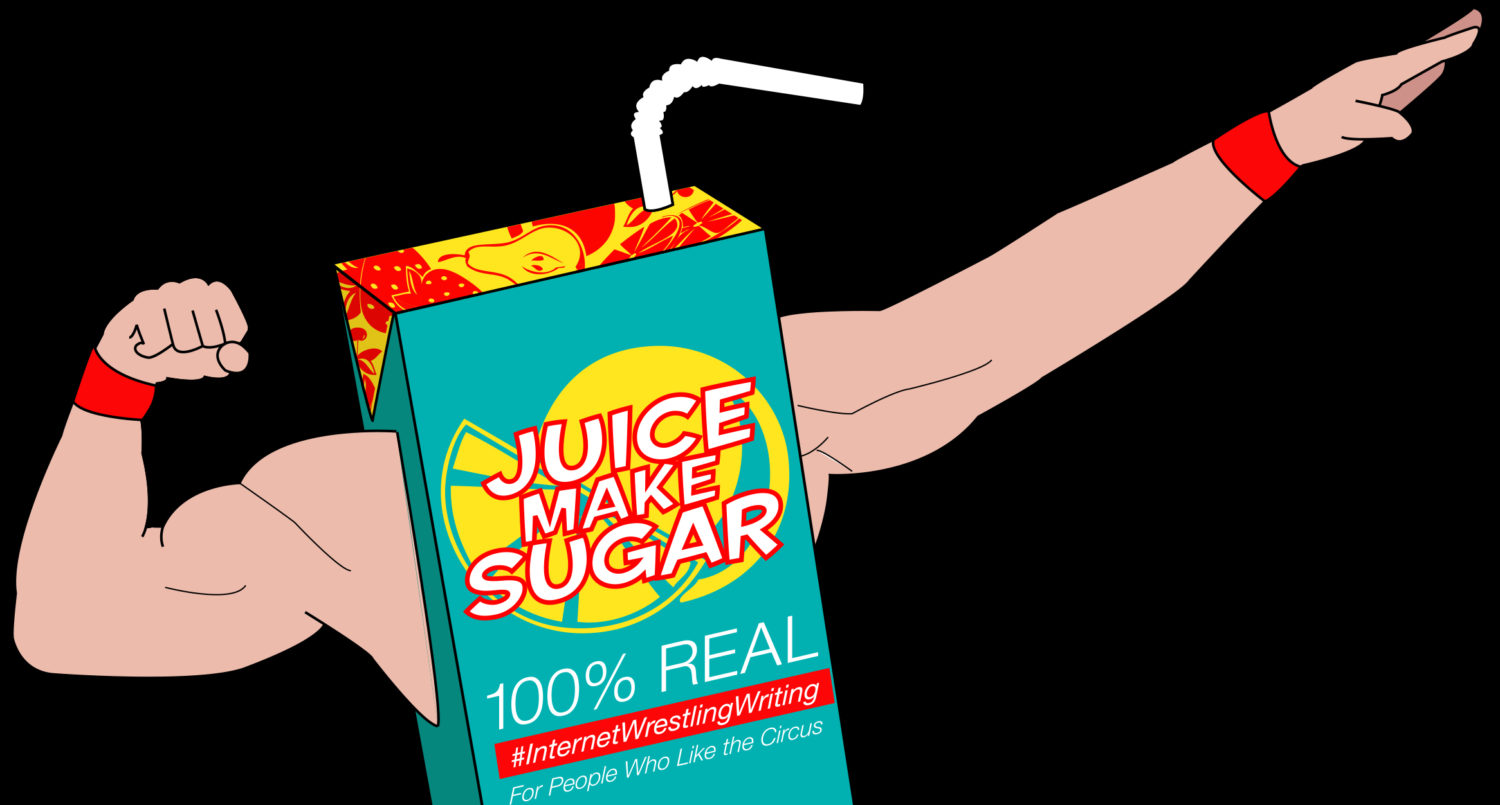Some wrestling matches are great because they feature talented athletes showing off what they can do in the ring. Others are unforgettable because of their theatrics and high-level storytelling. Still more are memorable because of the crowd’s investment in the match. Some matches are all these things. Those are the ones that are truly essential viewings.
Almost every wrestling fan knows the following story: Steve Austin was an undeniably talented midcarder in WCW, blocked from the main event by paranoid, egomaniacal stars and petty, small-minded bookers. Austin was unceremoniously fired by Eric Bischoff, who thought he was a boring nothing, but overcame that career-low to become arguably the biggest wrestling star of all time in just over two years. Everybody knows that story. But do they all know how great a young, pre-WWF Steve Austin really was?
Consider the following match against another tremendous young star of the era, Flyin’ Brian Pillman. At the time of this match, “Stunning” Steve Austin was WCW Television Champion and a member of The Dangerous Alliance, a group of extremely talented midcard heels comprised of Ric Rude, “Beautiful” Bobby Eaton, Arn Anderson, Larry Zbyszko, and Austin himself. The Alliance was named for ringleader Paul E. Dangerously, a mulleted Paul Heyman playing a younger, brattier version of the character Heyman plays today. Pillman, on the other hand, was coming off of a name-making run competing for the WCW Light Heavyweight Title (a precursor to the later, better-known Cruiserweight Title) against an array of talented wrestlers ranging from Jushin Liger to Ricky Morton. It was on the July Fourth edition of WCW Worldwide that these two grapplers found themselves on opposite sides of the ring and greatness ensued.
The match is fast-paced, simultaneously displaying the grace and execution of a well-practiced acrobatic show along with the grit and desperation of a legitimate struggle. Austin and Pillman whip each other to the ground with mean-looking takedowns and seem to apply great leverage to every pin and great effort to every kickout. Heyman sells tremendous concern at ringside, displaying old-school heelish fear that one of the wrestlers in his stable might lose a valuable championship title. The announcers, Tony Schiavone and Jesse Ventura, don’t shy away from describing the frenetic pace of the match, calling the action with an excitement level now reserved only for main events between top stars. Even the referee plays his part perfectly, never turning a blind eye to cheating, but also responding to pinfalls just slowly enough that a nail-biting true believer at home might say, “Pillman could have won if the ref had gotten there faster!”
[youtube=http://www.youtube.com/watch?v=PBElaMFie3c]
Interestingly enough, these two adversaries were only six months away from becoming one of the definitive tag teams of the 1990s, The Hollywood Blondes. The Blondes would have a critically-lauded feud against Ricky Steamboat and Shane Douglas, become two-time Tag Team Champions, and set a standard for work in North American professional wrestling well above what WCW’s well-paid main event stars typically produced. Thanks to the political climate of WCW, however, the Hollywood Blondes were split up under somewhat suspicious circumstances just as they were becoming extremely popular. Despite their obvious skills, neither ever achieved main event status in WCW.
Austin and Pillman, both hungry, young lions at the time of this match went on to make an impressive mark on professional wrestling history in spite of the political forces stacked against them. Pillman became a member of both the Four Horsemen in 1995 and the Hart Foundation in 1997. His innovative “Loose Cannon” character, through which he worked both fans and other wresters masterfully, helped usher in the aptly-named Attitude Era of the late 90s. Stunning Steve, of course, went on to be “Stone Cold,” the definitive star of that same era and one of the biggest moneymakers in the history of professional wrestling.
Austin reached the top of the mountain, ultimately walking away from wrestling on his own terms. Pillman, on the other hand, died in late 1997 at the age of 35, one of the first high-profile victims in what would become a era of premature wrestling deaths. Though Pillman and Austin’s careers wound up going very different directions, this match shows a moment in which the two of them stood at the beginning of the path to greatness, bindles in hand, like two wide-eyed travelers.



Reblogged this on Ringside Rundown.
Not enough people (including myself until a few years ago) truly know how great a wrestler and technician Steve was. I just saw him as the brawler, amazing talker, and frankly GOD of the Attitude Era. It’s so crazy to find out how good a worker he was until Owen botched his neck. Thanks for a great post, that will hopefully open a few eyes!